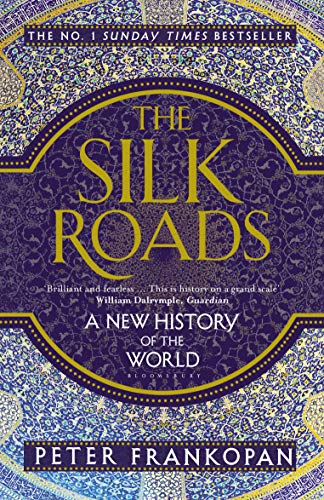
The Silk Roads: A New History of the World
von Peter Frankopan
Statues of the Buddha started to appear only after the cult of Apollo became established in the Gundhara valley and western India. Buddhists felt threatened by the success of new religious practices and began to create their own visual images.
it seems that it was Apollo that provided the template, such was the impact of Greek influences. Hitherto, Buddhists had actively refrained from visual representations; competition now forced them to react, to borrow and to innovate.
We think of globalisation as a uniquely modern phenomenon; yet 2,000 years ago too, it was a fact of life, one that presented opportunities, created problems and prompted technological advance.
this was where Roman soldiers learnt how to make love, to be drunk, to enjoy statues, pictures and art. This was hardly a good thing, at least as far as Sallust was concerned. Asia may have been ‘voluptuous and indulging’, but ‘its pleasures soon softened the warlike spirits of the soldiers’.65 Presented in this way, the east was the antithesis of everything that stern, martial Rome stood for.
The poet Martial typifies the internationalism and expanded knowledge of this period in a poem mourning a young slave girl, comparing her to an untouched lily, to polished Indian ivory, to a Red Sea pearl, with hair finer than Spanish wool or blonde locks from the Rhine.
Seneca for one was horrified by the popularity of the thin flowing material, declaring that silk garments could barely be called clothing given they hid neither the curves nor the decency of the ladies of Rome.
For Seneca, silk was simply a cipher for exoticism and eroticism. A woman could not honestly say she was not naked when she was wearing silk.82
But one need look only as far as the literature, art, dance and music of this period, the blossoming of Tolstoy, Kandinskii, Diaghilev, Tchaikovskii and many many others, to get a sense of what was happening: culturally and economically, Russia was booming.
A line was agreed by the two men, which stretched from Acre (in the far north of what is now Israel) north-eastwards as far as the frontier with Persia. The French would be left to their own devices in Syria and Lebanon, the British to theirs – in Mesopotamia, Palestine and Suez.